
4 minute read
CONTENTS
Chief Justice Murrell’s Introduction
From July 2019 to June 2020
Advertisement
The year 2019–2020 was difficult for the Court as an institution, and was difficult for our judges, Court staff and Court users. A series of disasters—widespread bushfires, a colossal hailstorm and then a pandemic—challenged our flexibility, resilience, and capacity to innovate. I think that we rose to the occasion.
The year commenced on a positive note with the birth of Associate Justice McWilliam’s baby on 8 July 2019 and the appointment of Acting Justice “Bobby” Crowe to preside over the Associate Judge’s list during her absence on maternity leave.
On 1 August 2019, Acting Justice Walker was appointed to oversee the new Drug and Alcohol Sentencing List (DASL). Her Honour’s hard work brought the DASL to fruition. The DASL relies on an interdisciplinary team comprising representatives from ACT Health, Corrective Services, the Director of Public Prosecutions, ACT Policing, Legal Aid ACT, and Child and Youth Protection Services. Unfortunately, in 2020, the pandemic temporarily halted an expansion of the DASL. When the pandemic struck and Acting Justice Walker returned to lead the Magistrates Court, Justice Loukas-Karlsson kindly took charge of the list.
In late 2019, we were saddened by the departure of Registrar Annie Glover, who retired after 13 years as our registrar. During my time as Chief Justice, Annie worked indefatigably to
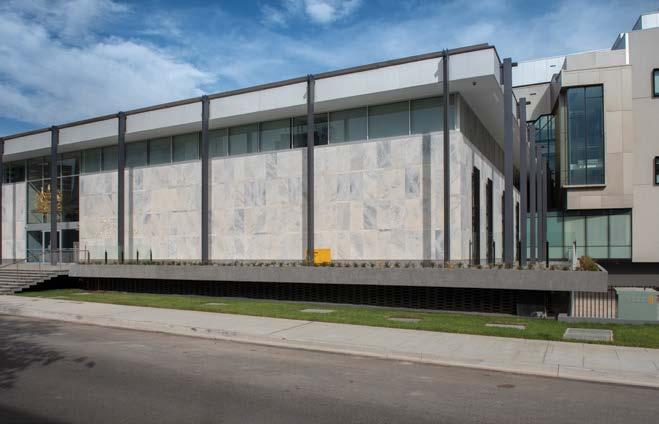
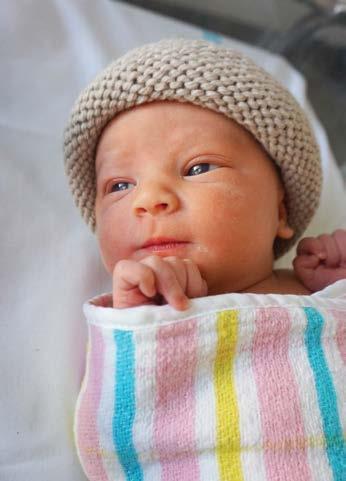

Associates Dragon Boat racing L-R Edward McGinness, Philippa Swayn, Jock Gardiner, Kate Martin “Supreme and Federal Court Judges Dinner” outside the Ceremonial court (photo by Philippa Swayn)
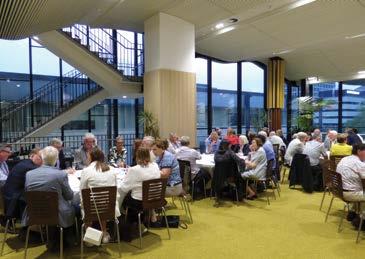
introduce major listing reforms and new civil mediation procedures, as well as playing a key role in the development of the new Supreme Court building and the introduction of the new integrated case management system (ICMS). She oversaw the many Eastman proceedings and other very significant cases. Annie was known throughout the Court for being infallibly kind and loyal, while never missing a beat.
We were pleased to welcome Registrar Amanda Nuttall, who brought her extensive experience with the ACT Magistrates Court. She returned to the Court after advising on judicial reform in the Solomon Islands and Papua New Guinea and quickly adapted to her new role.
In January 2020, the Court hosted the Supreme and Federal Court Judges’ Conference. Despite being on maternity leave, Associate Justice McWilliam organised a wonderful event, enabling judicial officers from across Australia to come together for a series of interesting talks, dinners, and dragon boating. We were able to showcase our new courthouse. A memorable hailstorm caused considerable excitement (and damage). As it transpired, for many judicial officers, the Conference was their last opportunity to enjoy a convivial collegial event before the pandemic halted substantial in-person events.

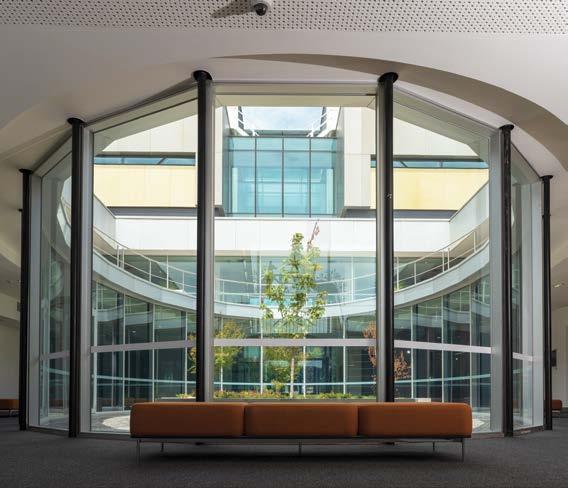
The opening of the new Legal Year provided an opportunity to celebrate the opening of the Heritage Building and to recognise the new DASL. The ceremony was held in SC1 of the Heritage Building, the Court’s original ceremonial courtroom. The refurbished courtroom was a welcome surprise to many. It has been designed to accommodate the DASL, and the associated DASL team offices and an urinalysis suite are located near to the courtroom itself.
Unfortunately, the opening ceremony occurred against the backdrop of a summer marred by bushfires. At the time of the ceremony, there were bushfires within and quickly approaching the Territory’s border.
But more was to come. On 11 March 2020, the World Health Organisation declared that the COVID-19 outbreak could be characterised as a pandemic. On 16 March 2020, the ACT first declared a public health emergency.
The ACT Supreme Court quickly adopted processes and procedures to ensure the safety of practitioners, staff, and the public. Practitioners and prisoners began to appear by audio-visual link. The last jury empanelment occurred on 23 March 2020. For a short period, legislative amendments permitted the Court to order a judge alone criminal trial where that was in the public interest, facilitating the conduct of a significant number of judge alone criminal trials. On 15 June 2020, the Court resumed jury trials in limited types of cases and for a limited number of cases. Two jury trials could be run in tandem, using twinned courtrooms to allow for jury deliberation.
In the last quarter of 2019–2020, the pandemic resulted in judges and Court staff working harder than ever to deliver justice efficiently despite the many constraints on our operations. Practitioners were understanding and flexible.
The Court was shocked and saddened by the sudden passing of Acting Justice Ashford on 19 June 2020. Her Honour had spent six years as an Acting Judge of the Court, after 15 years on the NSW District Court bench. Her Honour is sorely missed by judges, associates, and Court staff.
It could hardly be described as a good year, but it was a year in which many people revealed great resilience and creativity, and the Court as an institution demonstrated those qualities.

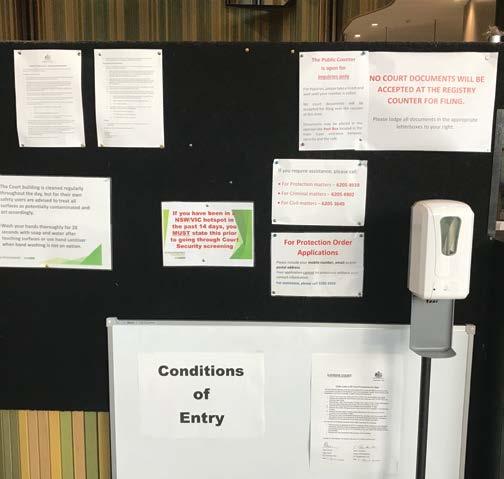
ABOUT THE COURT
Judges of the Court ..........................................................8 Russell Fox Library........................................................... 14 Sheriff’s Office ............................................................... 18










